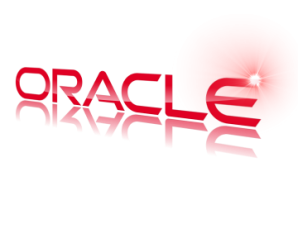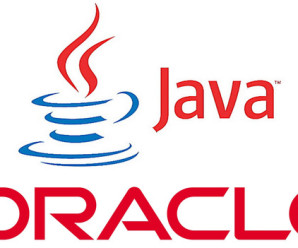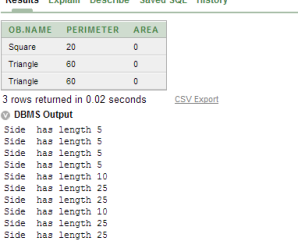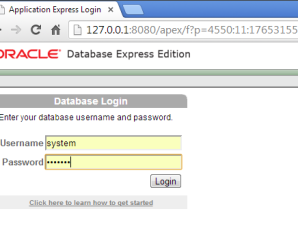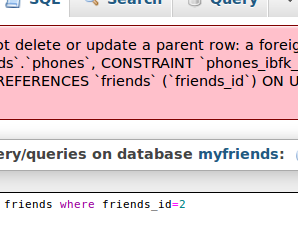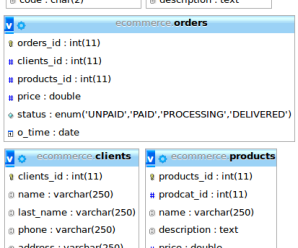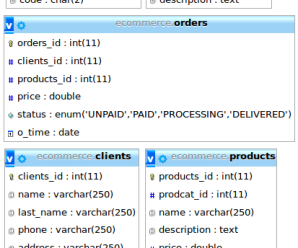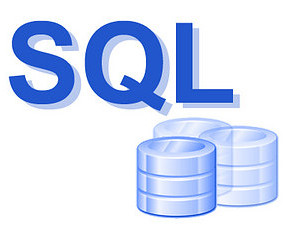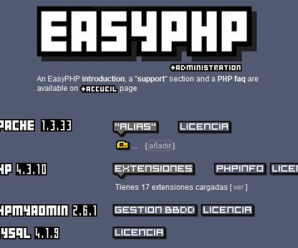Main Features and Advantages Object-Relational Database systems ( ORDBMS )
Oracle
Nov 19, 2013
An object-relational database is a database management system similar to a relational database, but with an object-oriented database model: objects, classes and inheritance are directly supported in database schemas as well as within the query language. The popular RDBMS on the market today is Oracle. For the main features of Object-relational database
...Read More
Making Connection to Oracle Database System with Java
[info]You may need to Java and Eclipse Configured and Installed. If not please click here for instructions to install the JDK and download Eclipse[/info] [info] If you don’t have Oracle XE installed, Follow this tutorial for how to Get started to learn Oracle[/info] Oracle Database Creation 1 Open your Apex for Oracle:
...Read More
Oracle : Type/Object Creation, Inheritance and Method Implementation with Examples
In this tutorial, we will try to go through a problem for modelling a system for storing polygon objects which have their own methods for computing the area or perimeter. The objects that we should have are : Point ( x , y ) Side ( Point, Point ) Polygon ( Sides)
...Read More
Tutorial for how to Get started to learn Oracle
Oracle is an object-relational database management system. It allows users to create, maintain, modify, and even erase any and all data and objects within an existing database. 1 You need to download the Oracle XE (Express Edition) to quickly get started with it. [info]Click here to download the Oracle XE Edition[/info] [success]
...Read More
Foreign Keys Made Simple with MySQL by examples
SQL
Nov 16, 2013
In plain English : A FOREIGN KEY in one table points to a PRIMARY KEY in another table. A foreign key places constraints on data in the related tables to ensure and guarantee data referential integrity as well as consistency. Foreign Key Syntax: create table abc( abc_id int not null ..... ...
...Read More
SQL SELECT Tutorial for Nested Queries ( Sub Queries )
SQL
Nov 11, 2013
A Subquery or Inner query or Nested query is a query within another SQL query and embedded within the WHERE clause. A subquery is used to return data that will be used in the main query as a condition to further restrict the data to be retrieved. Subqueries can be used with
...Read More
SQL tutorial for using Having with Examples
The HAVING statment is added to SQL because the WHERE keyword could not be used with aggregate functions ( such as count, max …) [info] Advanced SQL SELECT Tutorial using Aggegrate Functions by Examples [/info] The syntax for using HAVING is as below: SELECT column_name, aggregate_function(column_name) FROM table_name WHERE column_name operator
...Read More
Advanced SQL SELECT Tutorial using Aggegrate Functions by Examples
[info]In case you are beginner with SQL, you are advised to visit the following tutorials: >SQL SELECT Tutorial : Searching & Querying the database >Join : SELECT Tutorial using multiple database tables[/info] The important SQL command is SELECT statement. The SQL SELECT statement is used to query or retrieve data from a
...Read More
SQL Simple Exercises using MySQL and phpMyAdmin
Databases
Nov 07, 2013
[info]If you have not installed MySQL/phpMyAdmin, Follow this tutorial to install EasyPHP[/info] 1 Open phpMyAdmin. Click : Databases to create a new database with the name : ecommerce, Click Create 2 Click on the database ecommerce on the left side. 3 Download the database ecommerce.sql file. [info]Click here Download the ecommerce.sql file
...Read More
Installing MySQL and phpMyAdmin on Windows using EasyPHP ( WAMP )
Databases
Nov 07, 2013
MySQL is an open-source database management system used mainly for relational databases. It is considered the second mostly used open-source DBMS following SQLLite. MySQL is being deployed for many high-profile and large scale website including Facebook, youtube, twitter and Flickr. phpMyAdmin is a nice web application that is mainly used for creating,
...Read More
